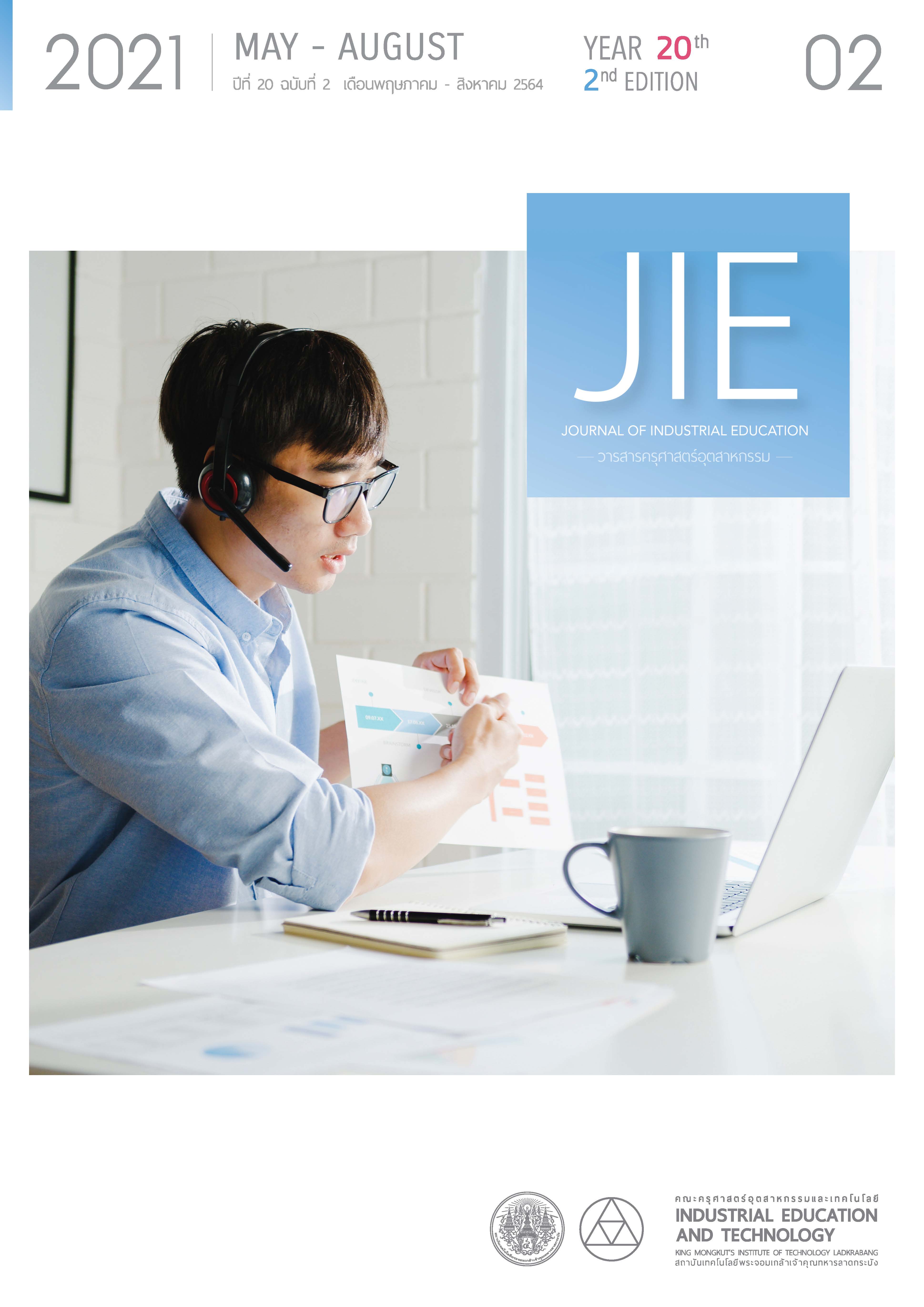VOCATIONAL GUIDANCE AND SELF-AWARENESS FOR HIGH SCHOOL STUDENTS
Keywords:
Vocational guidance, Self-awareness, High school studentsAbstract
As a result of the world's rapid changed, there were various impacts, including technology that replaced human labor and the COVID-19 outbreak had led to a change in lifestyle and work practices including the trend of wanting to enter a changing career. Some professions were more demanding, some occupations less, this caused students at all levels to be affected and had a great adjustment. Especially, high school students who had to make decisions in their choices of a field of study and a diverse career that required specialized expertise. Students could choose an appropriate career through the school vocational guidance process, which included career counseling services, collection services and career libraries, testing and measurement service, organizing a project to disseminate knowledge of the professional employment service, job placement, and evaluation. In addition to those services, indispensable factor was to understand oneself which was an internal factor that could encourage high school students to understand themselves by analyzing themselves and analyze the profession. Considering in conjunction with external factors, it that included: 1) job characteristics, 2) job-specific qualifications, 3) organizational culture, 4) labor market needs, and 5) considering the pros and cons of each occupation. Students chose careers more effectively and lived happily if students had self-understanding (Internal factors) and understood the occupation (External factors).
References
Denning, S. (2016). “Christensen update disruption theory.” Strategy & Leadership. 44(2), 10-16.
National Statistical Office. (2020). Survey of the impacts of the COVID-19 outbreak situation. [online]. Available: http://ittdashboard.nso.go.th/img/covid/result_COVID-eco.pdf Retrieved March 24, 2021.
World Economic Forum. (2020). The future of jobs report 2020. [online]. Available: http://www3.weforum.org/docs/WEF_Future_of_Jobs_2020.pdf Retrieved May 13, 2021.
AdmissionPremium. (2018). More than 60% of high school students nationwide who are about to enter the university fence. I do not know what to study. [online]. Available: https://www.admissionpremium.com/content/3296 Retrieved March 23, 2021.
Schulte-Körne, G. (2016). “Mental health problems in a school setting in children and adolescents.” Deutsches Arzteblatt international. 113(11), 183–190.
Lakhana, S. (2000). Basis of guidance. Bangkok: O.S. Printing house. 382. (in Thai)
Agathão, B. T., Reichenheim, M. E., & Moraes, C. L. (2018). “Health-related quality of life of adolescent students.” Ciencia & saúde coletiva. 23(2), 659-668.
Nualsiri, P. (2001). Career development. 6th ed. Bangkok: Ramkhamhaeng University Press. 20-50. (in Thai)
Watcharee, S. (2000). Basis of guidance. Bangkok: O.S. Printing house. 1-2. (in Thai)
Schiersmann, C., Ertelt, B. J., Katsarov, J., Mulvey, R., Reid, H., & Weber, P. (2012). NICE handbook for the academic training of career guidance and counselling professionals. Heidelberg: Heidelberg University. 17-21.
Crites, J. (1974). “Major contribution career counseling: a review of major approaches.” The Counseling Psychologist. 4(3), 3-32.
Department of Mental Health. (1998). Academic conference report life skills and participatory learning, the 1st time between 25-26 March 1998. Nonthaburi: Mental Health Development Agency. Ministry of Public Health. 14. (in Thai)
Koffka, K. (1978). Encyclopedia of the social science. New York: Macmillan. 212.
Ross, A. O. (1992). The sense of self: Research and theory. New York: Springer. 53.
Tangkittiphaporn, J. (2016). Personality psychology and health behavior. Bangkok: Chulalongkorn University Press. 148-154. (in Thai)
Sakthai, S. (2007). “Knowing and understanding yourself: Base for the self-development of professional executives.” Journal of Educational Administration. 4(8), 29-48. (in Thai)
Bar-On, R. (2006). “The bar-on model of emotional-social intelligence.” Psicothema. 18(1), 13-25.
Surang, K. (2016). Educational Psychology. 12th ed. Bangkok: Chula Printing. 146-198. (in Thai)
Sullivan, B. (2019). Pleased to meet me: Germs, and the curious forces that make us who we are. DC: National Geographic Society. 5-15.
Frosh, S. (2014). “The nature of the psychosocial: debates from studies in the psychosocial.” Journal of Psycho-Social Studies. 8(1), 159-169.
Bandura, A., & Whalen, K. (1966). “The influence of antecedent reinforcement and divergent modeling cues on patterns of self-reward.” Journal of Personality and Social Psychology. 3(4), 373-382.
Krumboltz, J. D. (2008). “The happenstance learning theory.” Journal of Career Assessment. 17(2), 135-154.
Holland, J. L. (1959). “A theory of vocational choice.” Journal of Counseling Psychology. 6(1), 35-45.
Noe, R. A., & Wilk, S. L. (1993). “Investigation of the factors that influence employees' participation in development activities.” Journal of Applied Psychology. 78(2), 291–302.
Goleman, D. (1998). “what makes the leader?” Harvard Business Review. 76(6), 93-102.
Maulding, W., Peters, G., Robert, J., & Edward L. (2012). “Emotional intelligence and resilience as predictors of leadership in school administrators.” Journal of Leadership Studies. 5(4), 20-29.
Wachirawit, M., & Jittinun, B. (2015). “Effects of guidance activities according to the career selection theory for developing self-understanding and career selection for Mathayomsuksa five students at Prataungtipvittaya school.” Veridian E-Journal, Silpakorn University Humanities, Social Sciences, and Arts. 8(1), 1108-1119. (in Thai)
Downloads
Published
How to Cite
Issue
Section
License
"The opinions and contents including the words in papers are responsibility by the authors."
"ข้อคิดเห็น เนื้อหา รวมทั้งการใช้ภาษาในบทความถือเป็นความรับผิดชอบของผู้เขียน"



